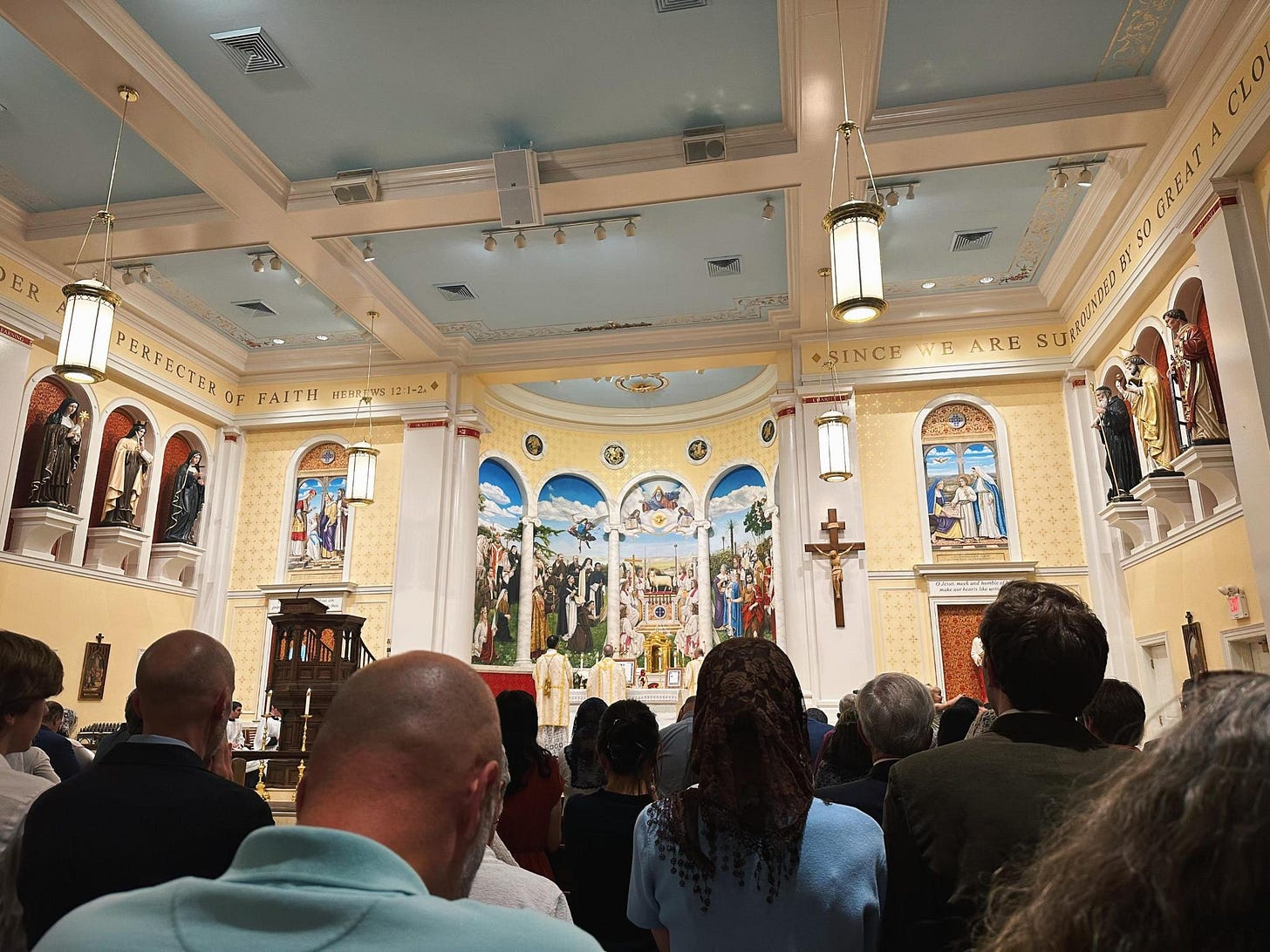‘Mass is not a show here’ — Young Charlotte Catholics respond to liturgy policy
Young Catholics on ‘Traditionis custodes’ in the Diocese of Charlotte
More than 100 young Catholics listened intently to Father Timothy Reid’s homily during the noon Latin High Mass last Sunday, at St. Ann’s Catholic Church in Charlotte, North Carolina.

Among them was Patrick Gallagher, a 20-year-…
